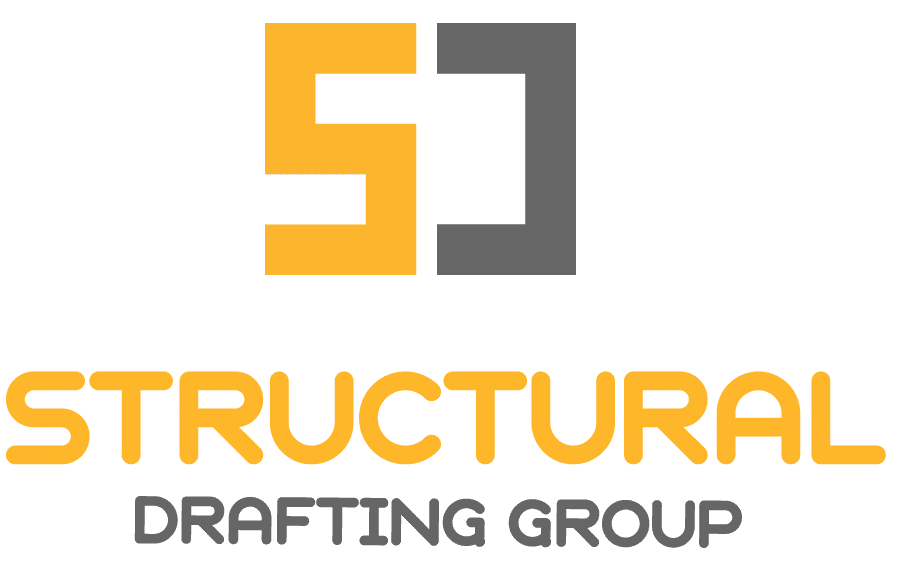Steel Detailing Services Company | Structural Steel Detailing Services | Steel Detailing Service Provider
Structural steel detailing is a process that involves the creation of shop drawings and other related documents for structural steel work. The structural steel detailing process typically begins with a shop drawing. A shop drawing is a document that contains information about the size, shape and location of holes in the steel work. Shop drawings are used to verify the design and plan for structural steel work. In the United States, a shop drawing is created on engineering paper. These drawings are typically drawn by hand and include information about the size, shape and location of holes in the steel work.
The drawings are then transferred onto a computer which will generate the structural steel detailing documents. This software conversion is called shop data or CAD data. Shop drawings are sometimes referred to as shop drawings. Shop drawings are similar to, but not defined by all three of the following: Shop drawings are a transferable kind of drawing that are more refined than control plans and shop layouts. Shop drawings can also be referred to as “shop layout” or “shop design.” They may also include any number of different items, including shop floor plan and shop drawings.
The following are some examples of why shop drawings are useful: Diagrams for the piping layout. Diagrams for the plumbing layout. Site plan and elevation drawings to show structural members lengths, sizes and locations. Illustrations of construction joints, such as a cut-and-fill joint or square notch joint. Illustrations in the drawing of different parts for the new structure, such as columns, walls, slabs or beams. Drawings of foundations that show footing details and locations. Plans with elevations and sections of a building are also useful. Illustration of details on the building foundations.

Foundations for building foundations, usually made of into the ground and anchored to resist lateral pressure from wind. The piles can typically be in diameter, and sometimes are driven deeper than. The number of piles in a foundation depends on the type and size of building. For example, a one-story house might have just two or three piles while a high-rise building might have up to concrete or steel, are the lowest layer of a building. Foundations support the weight of floors and walls above them. Sometimes foundations are used to resist lateral pressure exerted by wind. For example, foundation piles can resist lateral pressure from wind generated by nearby mountains.
Foundations support the weight of floors and walls above them. Sometimes foundations are used to resist lateral pressure exerted by wind. For example, foundation piles can resist lateral pressure from wind generated by nearby mountains. Piles are driven into the ground and are typically made of timber or concrete. In some cases, piles are tall enough to reach a new surface below the top of the pile or even reach bedrock. Piles can also be used for structures like dams, sea walls, and retaining walls. Straw bale foundation is mainly used in rural areas where there is a limited supply of compressed.
Steel detailing services are required for all construction projects that involve fabrication of structural steel. These services include: Fabricating and constructing steel members Fabricating and constructing steel beams, columns, and girders Fabricating and fabricating steel portal frames Fabricating and installing steel or welded wire mesh flooring
Steel Detailing Services Include:
- Main steel detailing
- Miscellaneous detailing
- Connection detailing
- Steel stair case detailing
- Handrail / Guardrail detailing
- Steel platforms detailing
- Equipment resting structure detailing
- Telecom structure detailing
- Pipe supports detailing
- Pipe rack detailing
- Steel bridge detailing
- Steel shed detailing
- Steel canopy detailing
Structural Steel Detailing Services include
Erection Drawings
Anchor Bolt Plan Drawing, Anchor Bolt Details Drawing, Erection & Framing Plan Drawings, Frame Elevation Drawing, Enlarge Details & Sections Drawing, Stair Plan and Elevations
Assembly Drawings
Beams Drawing, Columns Drawing, Anchor Bolt Drawing, Template Drawing, Handrails & Guard Rails Drawings, Ladders Drawing, Stair Stringers Drawings, Deck & Grating Assembly Drawing, Bracings Drawing
Part Drawings
Beams Drawing, Columns Drawing, Anchor Bolt Drawing, Template Drawing, Handrails & Guard Rails Drawings, Ladders Drawing, Stair Stringers Drawings, Deck & Grating Assembly Drawing, Bracings Drawing
International codes and standards we follow:
- AISC – American Institute of Steel Construction
- OSHA – Occupational Safety and Health Administration
- AWS – American Welding Society
- CISC – Canadian Institute of Steel Construction
- The Southern African Institute of Steel Construction
- BS – British Standard
- EC – Eurocode
- AS – Australian Standards
- NZS – New Zealand Standards
- IBS – Brazilian Steel Institute
- IS – Indian Standards
Countries We Serve:
USA | North America | South America | East America | West America | Canada | UK | EU | Gulf | Asia | Africa | Australia | New Zealand
